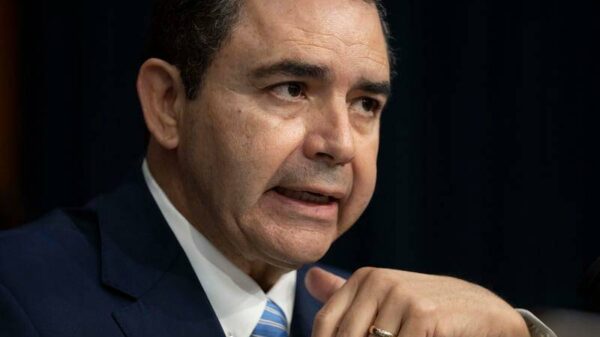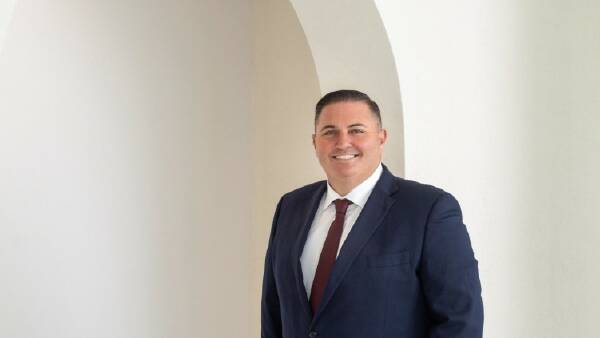As mindfulness and self-compassion gain traction in workplaces, questions arise about whether their adoption is genuinely aimed at improving employee well-being or merely enhancing productivity. These practices, when applied with integrity, can enhance personal agency and collective well-being. However, their implementation is often criticized for being superficial, prioritizing profit over people.
Mindfulness: The Promise and the Pitfall
Mindfulness, which involves paying non-judgmental attention to thoughts and emotions, is often paired with self-compassion to help individuals approach challenging feelings with kindness. These practices can be transformative, offering employees tools to better navigate stress and dysfunction. Yet, critics argue that companies often co-opt these practices to shift the responsibility for workplace stress onto employees rather than addressing systemic issues.
Critics have termed this diluted approach “McMindfulness,” suggesting it strips these practices of their rich philosophical roots. In such cases, mindfulness is seen as a means to pacify workers, making them more content with the status quo rather than empowering them to demand change.
Real Change Requires Systemic Approach
Research highlights that mindfulness can indeed bolster employees’ confidence and ethical decision-making, but only when implemented thoughtfully. Employees equipped with mindfulness skills may recognize workplace dysfunction and either advocate for change or choose to leave toxic environments. It emphasizes genuine interest over obligatory motivation, potentially leading employees to be more critical of their work conditions.
To truly harness the benefits of mindfulness, organizations need to adopt a structured approach. Psychologist Kurt Lewin suggests a three-step change model: unfreeze, change, and freeze. The first step involves addressing systemic stressors like excessive workloads and toxic leadership. Clarifying misunderstandings about mindfulness and allowing voluntary participation fosters authentic engagement.
During the ‘change’ phase, ethical implementation is crucial. Leaders should engage in mindfulness themselves, setting a precedent for ethical leadership. Cultural sensitivity enhances inclusivity, while maintaining the practices’ ethical foundations ensures accessibility for all.
Finally, embedding mindfulness into workplace culture requires encouraging daily, practical applications and providing ongoing support to sustain new habits. Measuring impact holistically with qualified professionals can help address emerging needs and maintain progress.
Moving Beyond Superficial Solutions
Mindfulness and self-compassion are not quick fixes but can be powerful tools for meaningful change when introduced thoughtfully. They encourage employees to challenge existing norms, build healthier relationships, and make ethical decisions. Ultimately, these practices help individuals become more aware of themselves and their surroundings, fostering a deeper understanding that transcends immediate workplace challenges.
Yasemin Pacaci, a mindfulness teacher and researcher, emphasizes that the true value of these practices lies in their ability to cultivate awareness and informed choice-making, rather than merely driving short-term productivity gains.































































